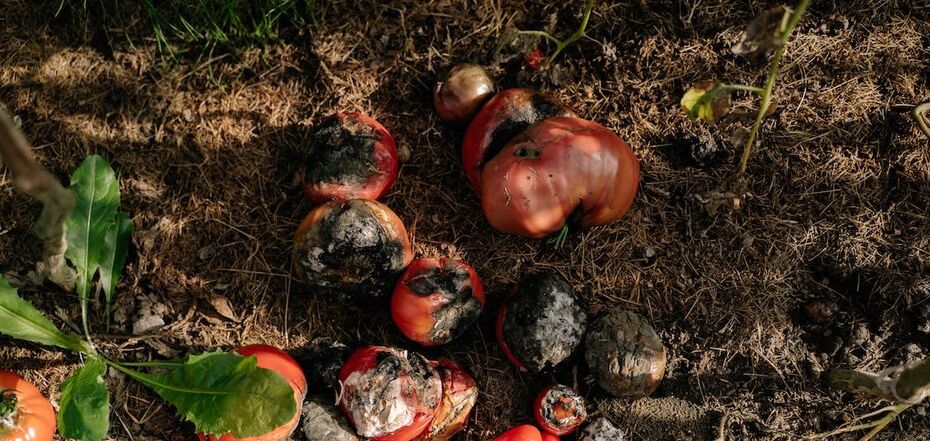Life
How to prevent rot on tomatoes: ways to prevent black spot
Homemade tomatoes from the vegetable garden evoke a nostalgic taste of childhood. This delectable vegetable enhances any dish with its succulence, adding brightness to both its flavor and appearance.
Diligent housewives take great care of their tomato seedlings, but the intense sun or frequent rainfall can spoil the fruits. Therefore, OBOZREVATEL has compiled effective methods for vegetable care to ensure a bountiful harvest.
The issue of tomatoes starting to rot does not stem from pests or any disease. This problem, known as 'black skirt,' refers to the fruit rotting at the base.
This rot occurs due to a calcium deficiency. Regular watering of the seedlings allows calcium to be absorbed from the roots and distributed throughout the entire plant, enriching it with essential nutrients.
Rotting can result from both drought and excessive water. It is not a contagious disease and does not spread from one plant to another. Therefore, using chemicals will not provide any benefit.
The key is to maintain the seedlings in optimal condition and keep the soil adequately moist. By following a few tips, you can prevent this issue.
On average, each tomato seedling requires about one liter of water to maintain the plant's water balance. However, the exact amount depends on the weather conditions and rainfall. The crucial aspect is to avoid overwatering the plant with excessive liquid.
Additionally, place a layer of natural mulch around the vegetable seedlings. This can consist of bark, sawdust, pine needles, or grass clippings, and will aid in retaining moisture in the soil.
Excessive fertilization can lead to flower rot, resulting in no fruit formation. Although it may cause the plant to grow rapidly, it can impede calcium movement, leading to rotting.
Only apply fertilizer when truly necessary, and be sure to follow the instructions provided on the packaging.
To provide the plant with sufficient calcium, you can utilize eggshells. Grind them up and incorporate them into the soil where you intend to plant the vegetables. For enhanced effectiveness, you can dissolve the eggshells in vinegar, as this will expedite the saturation of the soil with calcium.
Another effective method is to dilute milk in one liter of water and spray it onto the seedlings.
Dried milk can also be used. Sprinkle it onto the soil and leaves every two weeks.
If you notice that the soil has poor water absorption, it is likely that the calcium is in an insoluble form. In this case, adding calcium oxide to the soil will aid in improved water absorption and plant growth.
Previously, OBOZREVATEL explained why mint and lemon balm should be included in every vegetable garden.
To stay updated with the latest developments, subscribe to the OBOZREVATEL channels on Telegram and Viber.



























